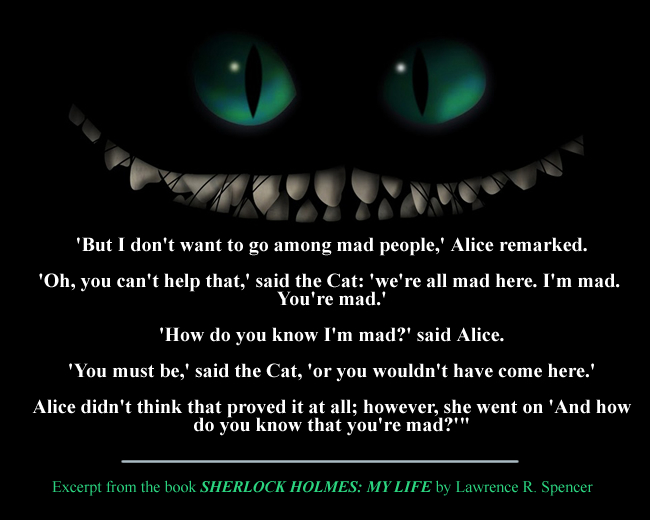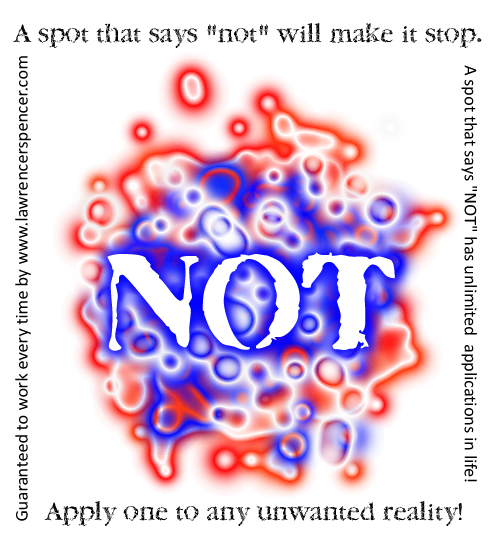Republished by Blog Post Promoter
 Lawrence R. Spencer interview on Blogtalk Radio with Aingel Rose O’Grady and AHONU
Lawrence R. Spencer interview on Blogtalk Radio with Aingel Rose O’Grady and AHONU
THE INTERVIEW BEGINS AT 06:45
Universes are comprised of thoughts, ideas, dreams, illusions, delusions, which may also include stars, space, time, energy and objects. Or not. These are the universes of the author Lawrence R. Spencer, and others for whom he has an affinity.
Republished by Blog Post Promoter
 Lawrence R. Spencer interview on Blogtalk Radio with Aingel Rose O’Grady and AHONU
Lawrence R. Spencer interview on Blogtalk Radio with Aingel Rose O’Grady and AHONU
THE INTERVIEW BEGINS AT 06:45
Republished by Blog Post Promoter
I own a video cassette copy of a film (The Mystery of Picasso) showing Pablo Picasso painting on a plate of glass, filmed from the opposite side. As an oil painter myself, I found it utterly mesmerizing! I was delighted when I found an earlier film on YouTube (in 2 parts below) showing similar footage of Picasso at work in his studio sixty-three year ago, in 1949. (This film is nearly as old as I am!)
Visit to Picasso is a Belgian documentary film from 1949 directed by Belgian filmmaker Paul Haesaerts. In an effort to capture the nature of Picasso’s creative process, Paul Haesaerts asked the Spanish painter to apply his magical brushstrokes to large glass plates as Haesaerts filmed from the other side. This actually predates the more famous art film The Mystery of Picasso (1956) by Henri-Georges Clouzot in which Picasso also paints to large transparent canvases as the director films from the other side. The filming took place in Picasso’s studio in Vallauris. In 1951 Visit to Picasso was nominated for best documentary by the British Academy of Film and Television Arts (BAFTA). Even if you are not an artist or art connoisseur, you may appreciate this film.
Vivre la vie avec un esprit de l’art de!
Republished by Blog Post Promoter

 ‘In THAT direction,’ the Cat said, waving its right paw round, ‘lives
‘In THAT direction,’ the Cat said, waving its right paw round, ‘livesRepublished by Blog Post Promoter
Spots that say “NOT” have been used in this universe for billions and billions of years. Get yours now, and make any reality you can’t confront disappear!
Republished by Blog Post Promoter
Here are a few of the wonderful *Haiku poems attributed to Bash (they may not have retained their purity in the English translation, but you get the flavour of them):
An old pond!
A frog jumps in-
The sound of water.
____________
The years first day
thoughts and loneliness;
the autumn dusk is here.
____________
Poverty’s child –
he starts to grind the rice,
and gazes at the moon.
____________
A weathered skeleton
in windy fields of memory,
piercing like a knife
____________
*DEFINITION OF HAIKU: Haiku is one of the most important form of traditional Japanese poetry. Haiku is, today, a 17-syllable verse form consisting of three metrical units of 5, 7, and 5 syllables. Since early days, there has been confusion between the three related terms Haiku, Hokku and Haikai. The termhokku literally means “starting verse”, and was the first starting link of a much longer chain of verses known ashaika. Because the hokku set the tone for the rest of the poetic chain, it enjoyed a privileged position in haikaipoetry, and it was not uncommon for a poet to compose ahokku by itself without following up with the rest of the chain.
The name Basho (banana tree) is a sobriquet he adopted around 1681 after moving into a hut with a banana tree alongside. He was called Kinsaku in childhood and Matsuo Munefusa in his later days.